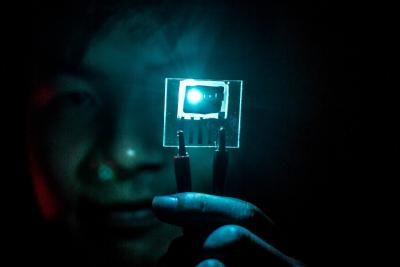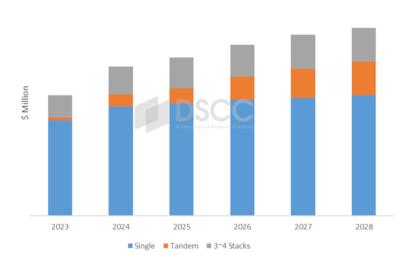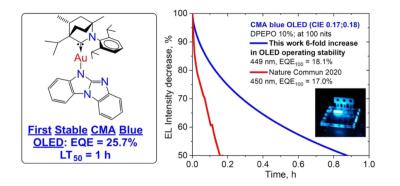Researchers from Korea develop a new OLED intermediate layer material to improve the performance of blue phosphorescence OLED emitters
Researchers from Korea's UNIST institute, together with colleagues from Sungkyunkwan University have developed a new OLED intermediate layer material (with a highly unusual structure, twisted EBMs with anisotropic molecular arrangements) that significantly improves the brightness, efficiency and lifetime of blue phosphorescence OLED devices.
The researcher report that the new materials enable to reduce the operating voltage of the OLED display, thus enhancing the power efficiency by 24% and the operational stability by 21%. The researchers say that this new material can also be used for in-organic LEDs (including microLEDs).
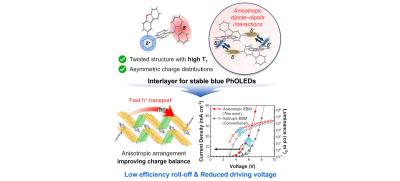
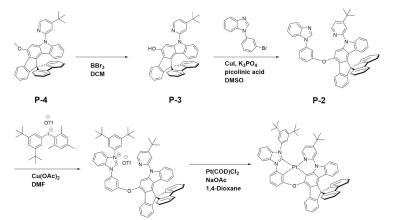
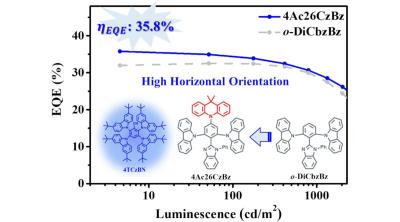


 UDC says it believes the OLED market's trajectory is robust, and it is raising the lower end of its annual guidance, now saying that its revenues will be in the range of $645 million to $675 million.
UDC says it believes the OLED market's trajectory is robust, and it is raising the lower end of its annual guidance, now saying that its revenues will be in the range of $645 million to $675 million.